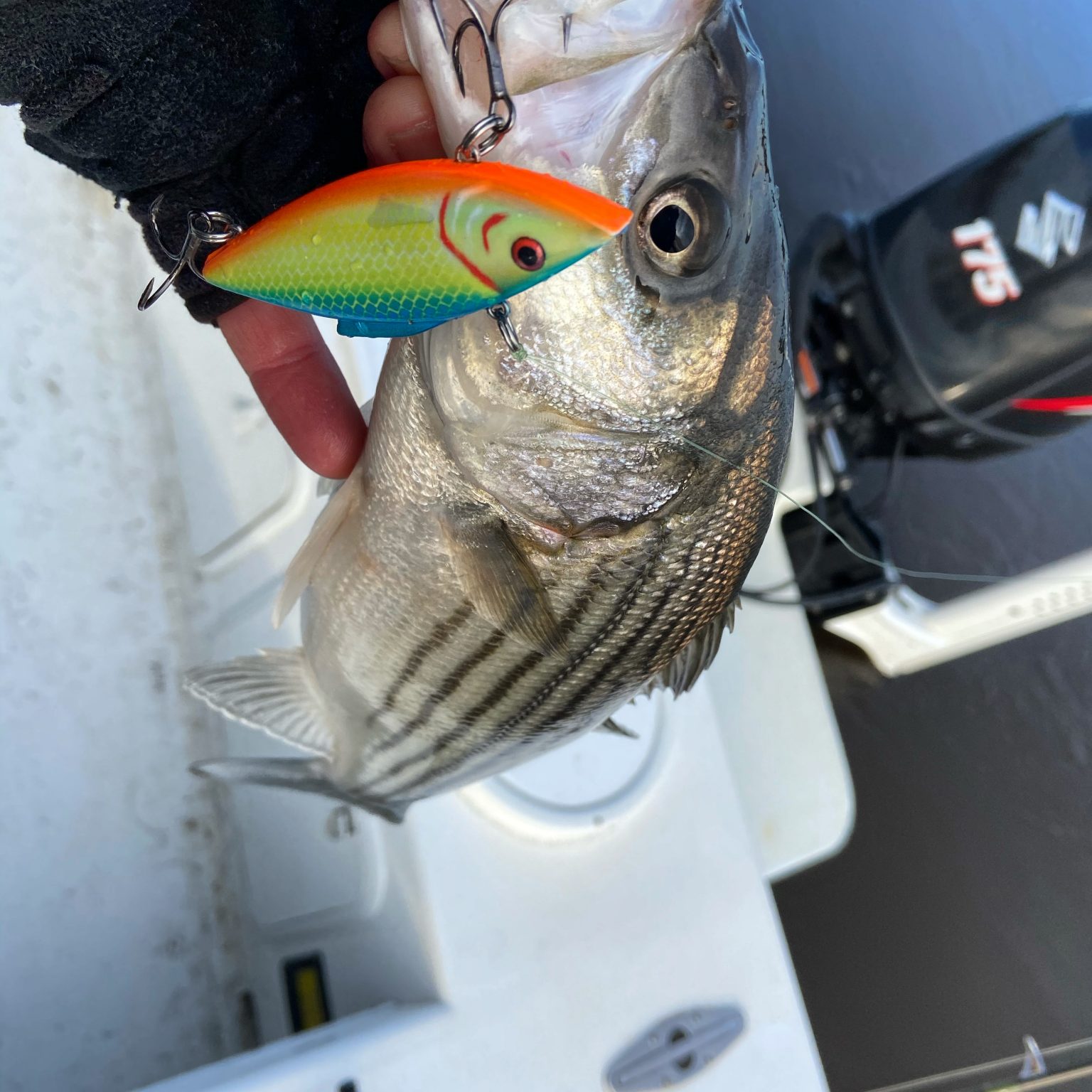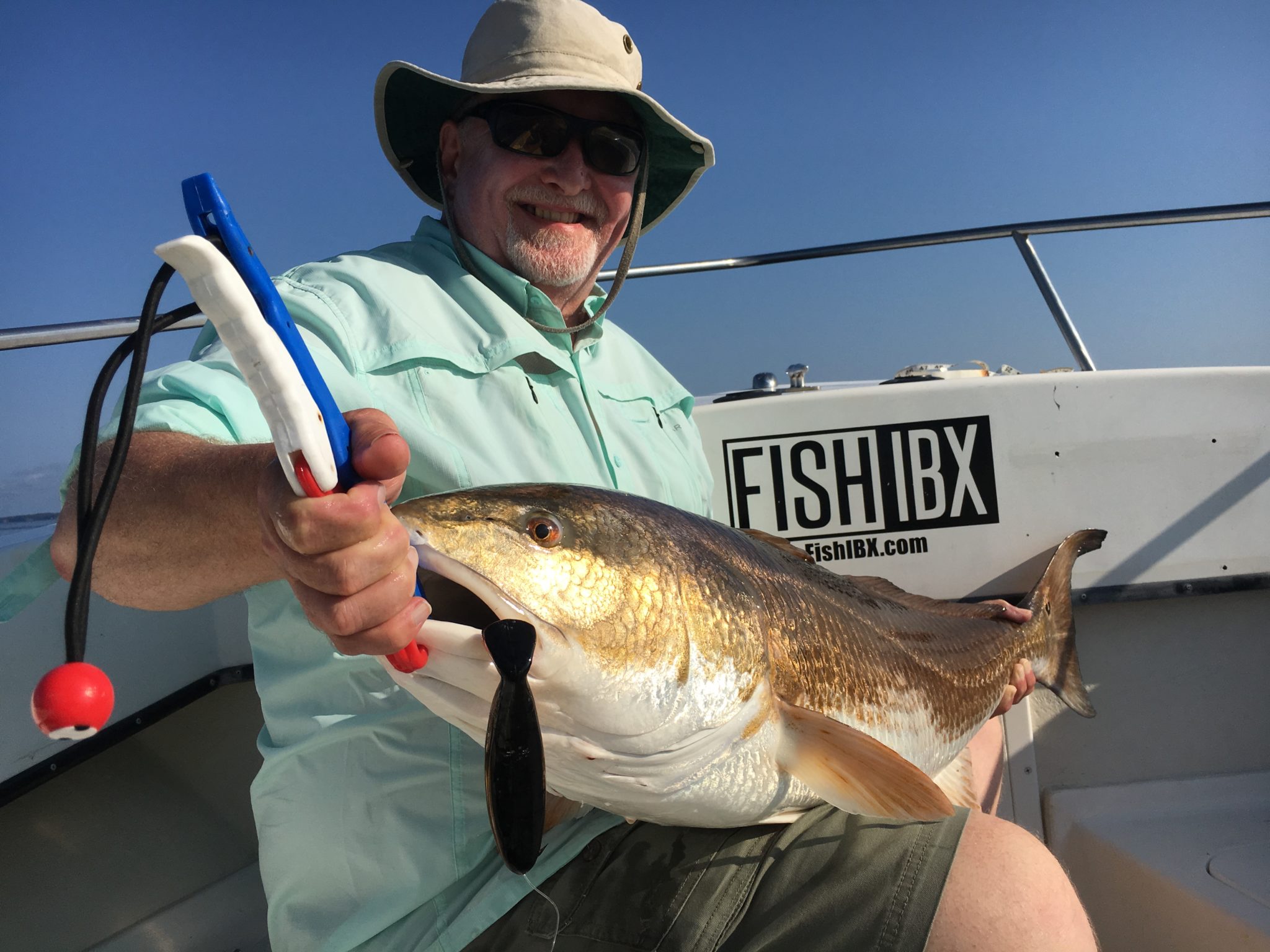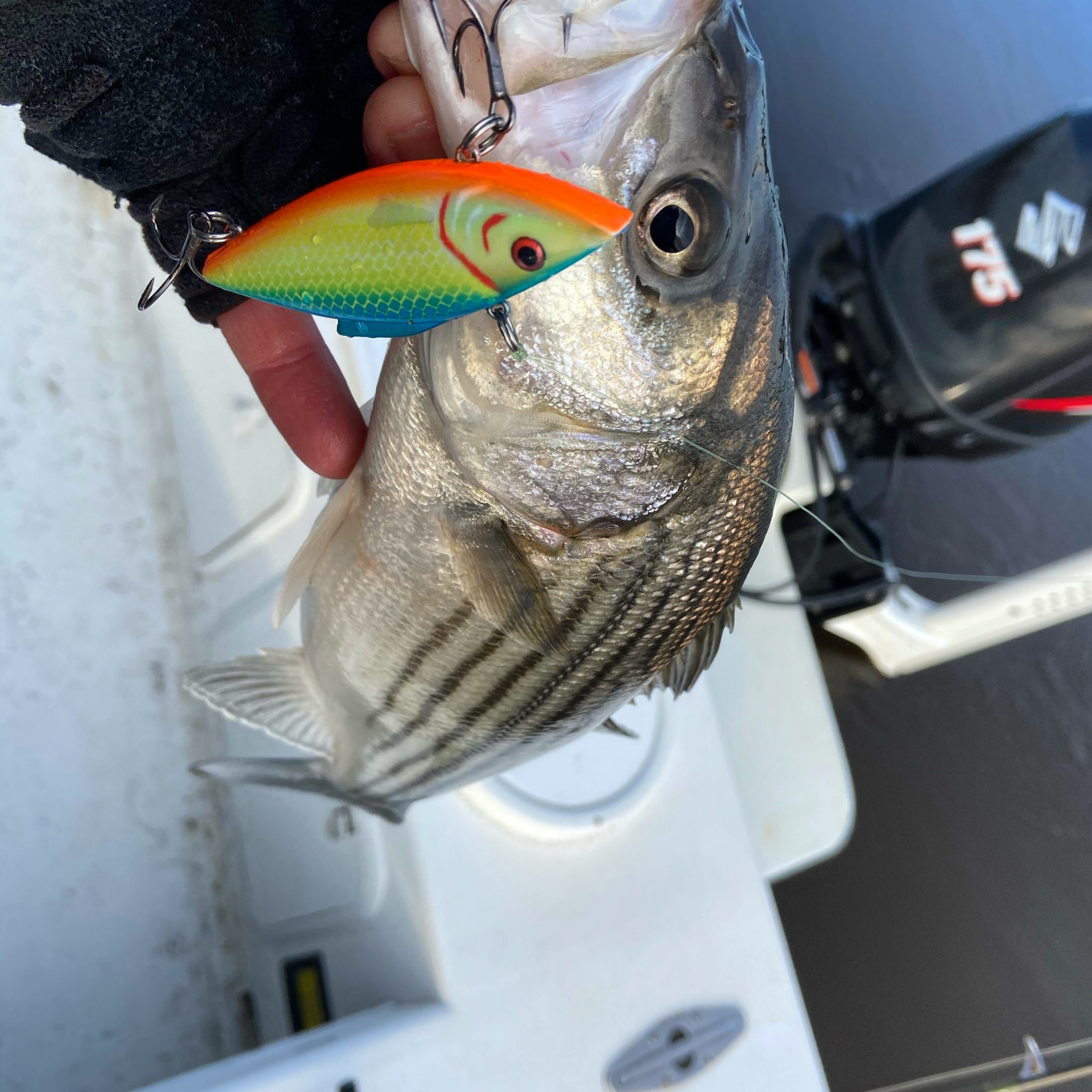

Larvae (transparent leptocephali shaped somewhat like a willow leaf) hatch and develop at sea to metamorphose into elvers in nearshore waters and estuaries. Sexual maturity occurs approximately in less than 10 years and up to 40 years in freshwater. Reproduction: Migrate in autumn to the Sargasso Sea to spawn. Pectoral girdle with 7 to 9 (up to 11 in the young) radial elements.Ĭoloration: Adults usually white or light-colored below and brownish to blue-black above, but coloration is variable young with some yellow on the edges of the dorsal and anal fins.įeeding habits/specializations: Feed on larvae of Ephemeroptera, Odonata, Plecoptera, Coleoptera, Trichoptera, and Lepidoptera, as well as gastropods, oligochaetes, amphipods, isopods, mysids, and fish from the families Percidae, Cyprinidae, Ictaluridae, Catostomidae and Anguillidae. Frontal bones paired, not grown together. Premaxillae not developed as distinct elements in adults. Caudal vertebrae without transverse processes. Head rather long eyes small and placed well forward on head. Continuous fin stretching around the tail from the back to the belly. Key characteristics for distinction: No spines.

Hide during the day in undercut banks and in deep pools near logs and boulders. Habitat: Occur in streams, rivers, muddy or silt-bottomed lakes usually in permanent streams with continuous flow. Only a select few of these species are on exhibit at any time, though all are representative of Freshwater Angler habitats. Nothing satisfies like the sing of fishing line running off the spool and setting the hook on a lunker! If you are not getting any strikes, you get to relax in the shade trees with feet dangled in the cool water, take in the scenic waterways with numerous boats coming and going, and contrive fish tales about the ones that got away. Black crappie, sunfish, trophy bass, 5 foot catfish and more lurk here. Pick up your poles and tackle, drive to the nearest boat landing or public dock, and toss in a line. It is an easily accessible portal into the natural world. It was once submerged by seas when the Earth was a warmer place and only became exposed as the polar glaciers formed. Trolling plugs and casting shad-imitating jigs in deeper holes should produce fish.The Coastal Plain extends between the Piedmont - French for foothills - and Appalachian Mountains to the coast of the Chesapeake Bay and Atlantic Ocean. Mary’s River, between I-95 and the town of St. Anglers looking to tangle with powerful striped bass should concentrate their efforts in the lower stretches of the St. Areas to target include current breaks, woody structure, and areas of hard bottom. Fish imitating soft plastics and plugs are also effective ways to target these fish. Live bait is an effective way of taking these species, with mud-minnows, shrimp, and crabs being popular choices. In the lower stretches of these rivers, anglers can target saltwater species including drum, seatrout, and flounder. Largemouth bass fishing is likely to slow down during the hot summer months. Artificial flies like poppers and rubber spiders as well as small spinners and jigs can be productive. Live baits such as worms, grass shrimp, and crickets are great choices for panfish in these waters. Woody snags or downed trees should be targeted as well. The shallower, vegetated banks are the most productive panfish fish habitats in these rivers. The Saint Mary’s River is known for its healthy populations of bluegill and redbreast sunfish. Panfish should remain active throughout the summer months. In the upper reaches of these rivers in lower salinity areas, largemouth bass, panfish, and catfish can all be taken. When fishing the Saint Mary’s River, be sure to keep current on both Florida and Georgia regulations as rules change depending on your location.



 0 kommentar(er)
0 kommentar(er)
